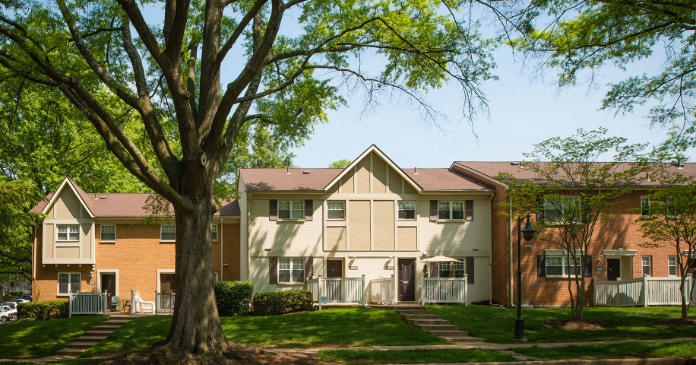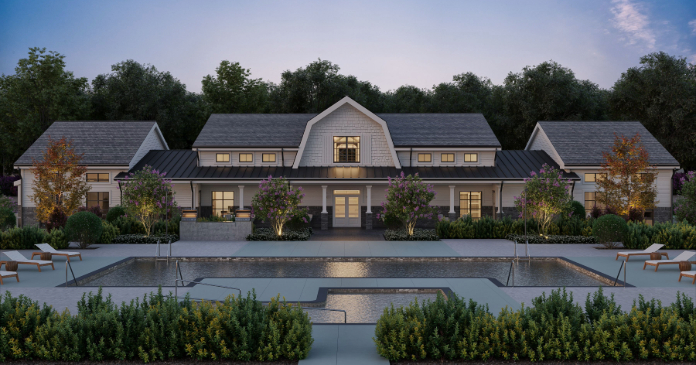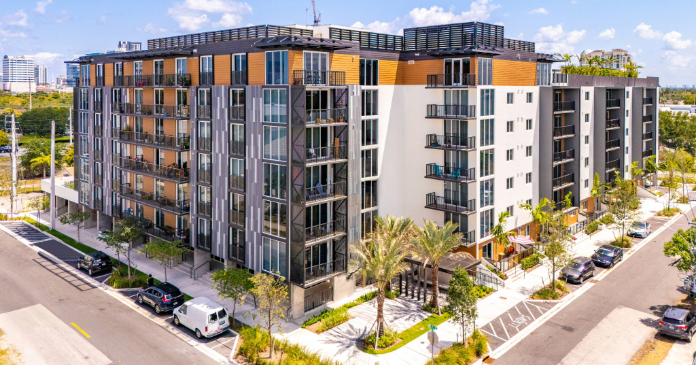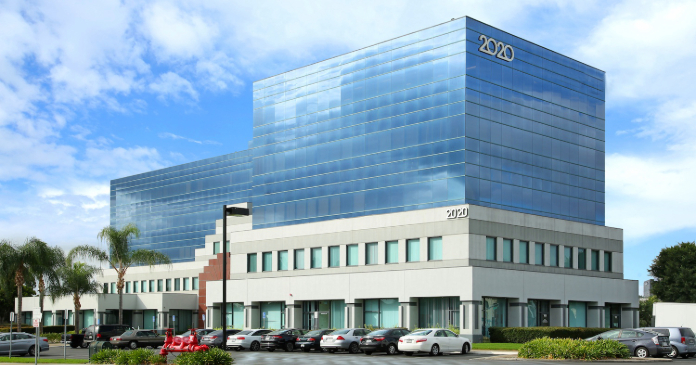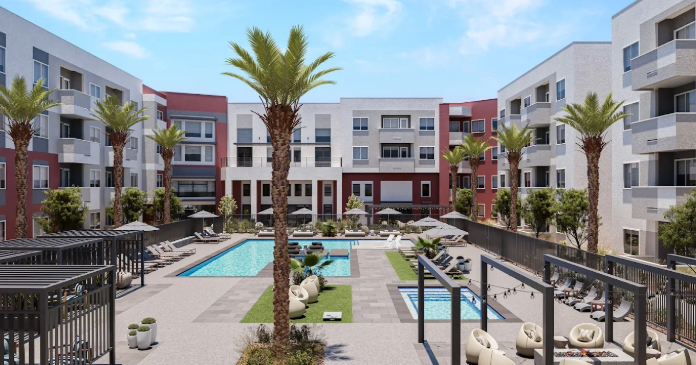Regulatory and supply-side challenges coupled with slowing rent growth and rising vacancy rates will weaken the multifamily construction market in 2021. However, the development market should stabilize by 2022, according to economists from the National Association of Home Builders (NAHB) who participated in an online press conference as part of the 2021 NAHB International Builders’ Show virtual experience (IBSx).
“Though the multifamily sector is performing much better than nonresidential construction, developers are facing stiff headwinds in 2021,” said NAHB Chief Economist Robert Dietz. “Shortages and delays in obtaining building materials, rising lumber and OSB prices, labor shortages and a more ominous regulatory climate will aggravate affordability woes and delay delivery times.”
NAHB analysis of Census data reveals that 34 percent of total multifamily construction occurred in lower density, lower cost markets in 2020. “These areas have outpaced higher density markets over the past four quarters and we anticipate this trend will continue this year,” said Dietz.
Turning to the forecast, multifamily starts are expected to fall 11 percent this year to 349,000 units from a projected total of 392,000 in 2020. The downturn will be short-lived, as multifamily production is expected to post modest gains in 2022, up 5 percent to 365,000 units.
After four years of a steady, upward trajectory, rent growth flattened in 2020. “Due in part to pandemic-related issues, rent growth in December 2020 was up just 0.4 percent from a year ago,” said Danushka Nanayakkara-Skillington, NAHB’s Assistant Vice President of Forecasting and Analysis.
Looking at another metric, four of the top five multifamily markets, as measured by the number of permits, posted yearly declines from November 2019 to November 2020.
The New York-Newark-Jersey City region, the largest in the nation, registered a 14 percent drop in permits. Houston-The Woodlands-Sugarland, Texas, was down 10 percent, Los Angeles-Long Beach-Anaheim, Calif., fell 16 percent and Dallas-Fort Worth-Arlington, Texas, posted the sharpest decline at 46 percent. Meanwhile, Austin-Round Rock, Texas, the No. 2 market in the nation, posted a robust 54 percent increase in permits.





